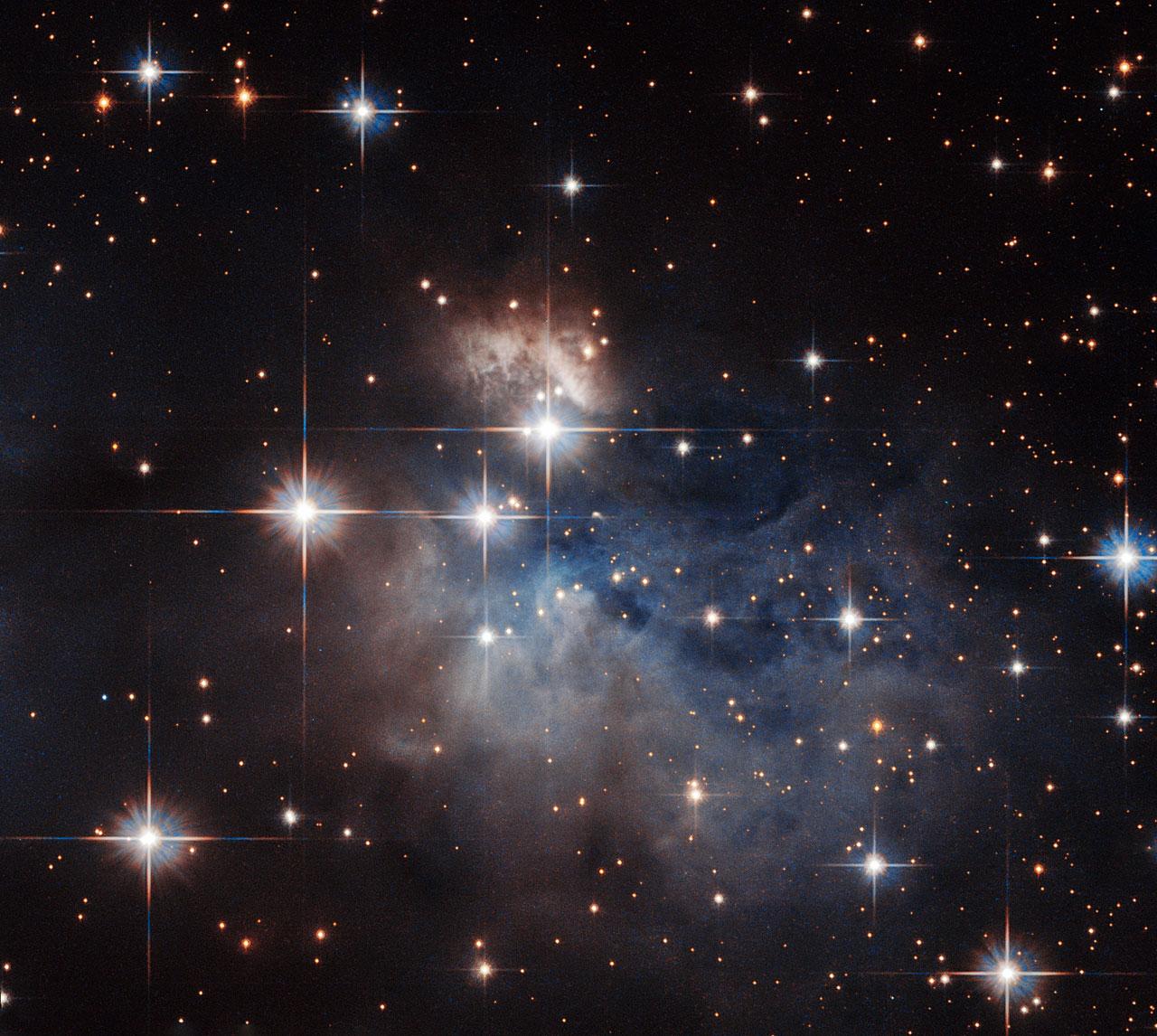Following the signs of the zodiac
December 16, 2016
When looking to the sky at night, it is hard to imagine the distant orbs of light could impact a person’s life. While most people can recite the date they were born and the sign that corresponds with it, few can recite the position of the planets on that very same day.
“Astrology was the way people looked for meaning in the past,” Robert Foster, astronomy teacher, said. “The Greeks assessed meaning to the planets; each identified as one of their gods or deities. They were not physical places, they were like spirits in the sky for them. [Today] we are similar in ways. We look for meaning in our lives and sometimes we find it there [in the sky].”
Astrology is the belief that the movements of the planets on the day of one’s birth can influence a person’s life. Some people even track the planets’ and stars’ locations down to the specific time of their birth to determine their supposed personality, motivation, or future.
While finding meaning in the sky is a belief as ancient as the Greeks, today’s students still follow their horoscopes to get a glimpse of their futures.
“I find it interesting,” Danielle Fewkes, senior and avid horoscope reader, said. “A lot of times horoscopes won’t say anything negative because that kind of defeats the purpose. It is more of a positive affirmation and [reading] it gives me confidence that something good might be coming my way.”
Because astrology is not a proven science, however, the world is divided between avid believers and critics.
“I view astrology as part entertainment,” Foster said. “I think a lot of horoscopes tend to be written very broadly and openly where they could apply to a lot of different people, and for some people that is where they find their meaning in life, and that is okay.”
Although Foster does not believe in following horoscopes, he cannot deny the connection he finds between people with the same Zodiac sign as him.
“I am a Cancer,” Foster said. “When I meet other people who were born around the month of July, in a way, I feel we have a similar personality. While part of me thinks very scientifically about [astrology], the other side kind of wonders. There are some people out there that it seems we have similar personalities.”
Sydney Benson, sophomore, is similar and believes her personality matches her sign’s predictions.
“[My horoscope] talks about how Cancers are usually soft spoken, introverted, and quiet, but they do have a more passionate side to them,” Benson said. “[Overall] I think it is good for people to [learn about their personalities] and know how astrology works and how it connects to astronomy, so I think they should read their horoscopes.”
Whether looking to the sky for reasoning, or taking control of your life by the choices you make, people find meaning in their own unique way.
“It is interesting to think about how to track objects in the heavens, but I don’t believe that based on where the Earth was affects your life outcome,” Foster said. “I think part of our life outcome is based on us, not necessarily [on the Earth’s orbit]. The outcome is what we want to make out of our lives.”
